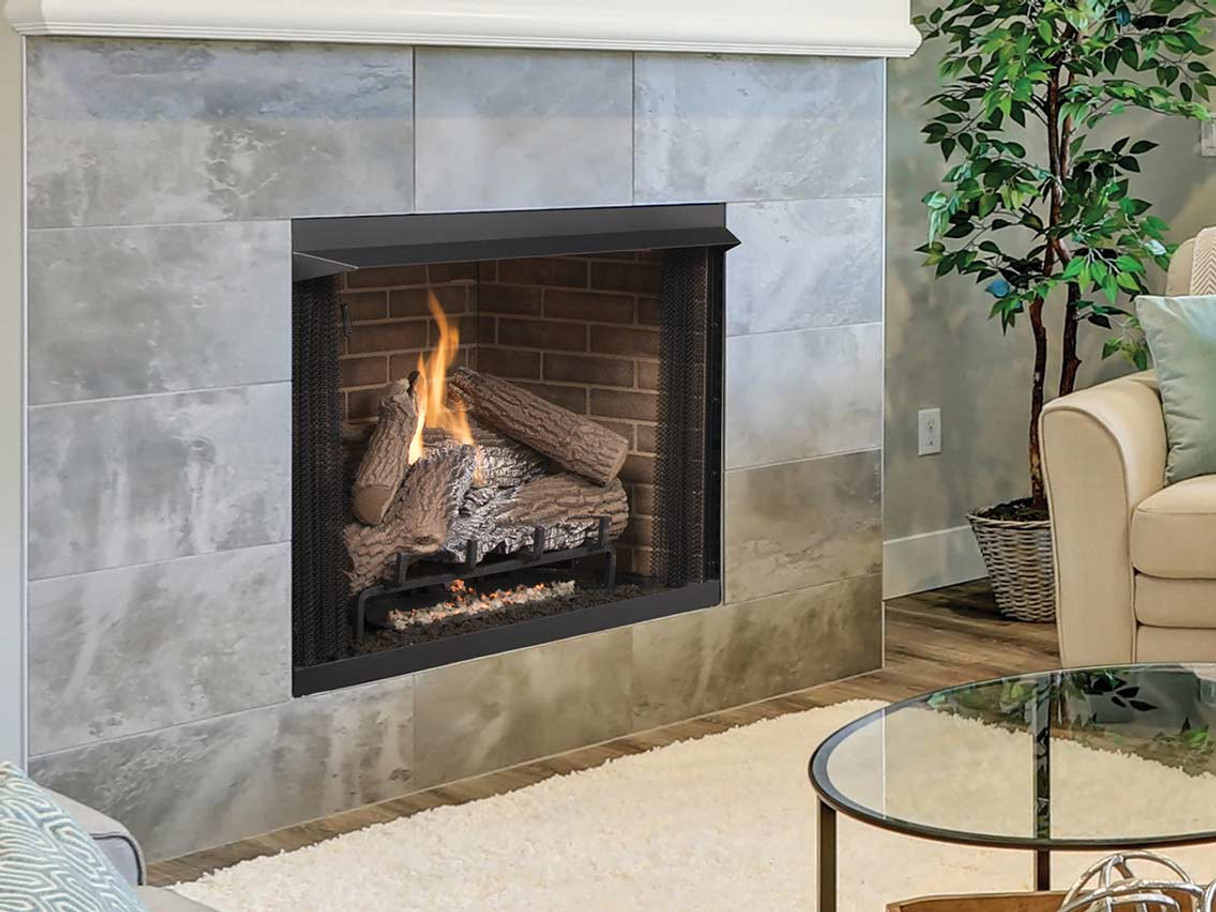

Articles
How To Light Superior Gas Fireplace
Modified: January 19, 2024
Learn how to properly light a superior gas fireplace with our informative articles. Discover tips and tricks to ensure a warm and cozy atmosphere.
(Many of the links in this article redirect to a specific reviewed product. Your purchase of these products through affiliate links helps to generate commission for Storables.com, at no extra cost. Learn more)
Introduction
Gas fireplaces are a popular and convenient way to add warmth, ambiance, and style to any home. With the flick of a switch, you can instantly enjoy the cozy glow and comforting heat of a fire. Whether you are curling up with a good book on a chilly evening or hosting a gathering of friends and family, a gas fireplace offers a convenient and efficient alternative to traditional wood-burning fireplaces.
However, it’s important to note that operating a gas fireplace requires proper knowledge and caution. Safety should always be the top priority when dealing with any gas-related appliances. By following the recommended safety guidelines and taking necessary precautions, you can ensure a secure and enjoyable experience with your gas fireplace.
In this article, we will guide you through the steps of lighting a superior gas fireplace safely and efficiently. We’ll provide you with tips and tricks to make the process easy and hassle-free. So, let’s dive in and discover how to properly ignite and enjoy your gas fireplace.
Key Takeaways:
- Prioritize safety by following essential precautions, locating the gas valve, and checking for leaks before igniting your gas fireplace. Regular maintenance ensures a safe and enjoyable experience for years to come.
- Enjoy the warmth and ambiance of your gas fireplace by following proper shutdown procedures and implementing regular maintenance and cleaning tips. Prioritize safety, and make lasting memories around the comforting glow of your fire.
Read more: How To Light An Outdoor Gas Fireplace
Safety Precautions
Before you begin operating your gas fireplace, it is crucial to prioritize safety. Here are some essential safety precautions to keep in mind:
- Read the manufacturer’s instructions: Familiarize yourself with the user manual provided by the manufacturer of your gas fireplace. This will provide specific safety guidelines and operating instructions tailored to your particular model.
- Ensure proper ventilation: Gas fireplaces produce combustion byproducts that need to be vented outside. Make sure your fireplace has proper ventilation and that the flue is clear of any obstructions. Regularly check the venting system for signs of damage or blockages.
- Install carbon monoxide detectors: Gas fireplaces can produce carbon monoxide, an odorless and potentially deadly gas. Install carbon monoxide detectors in your home, particularly near sleeping areas, to alert you in case of a leak.
- Inspect for gas leaks: Before each use, inspect all gas connections and fittings for any signs of leakage. Use a mixture of water and dish soap to create a soapy solution and apply it to the connections. If you see bubbles forming, there is a leak. In the case of a gas leak, immediately turn off the gas supply and contact a professional for assistance.
- Keep flammable materials away: Maintain a safe distance between your gas fireplace and any flammable materials such as furniture, curtains, or decorations. Clear the area around the fireplace to prevent accidental fires.
- Never leave the fireplace unattended: Always ensure someone is present in the room when the fireplace is operating. Never leave it unattended, especially if there are children or pets nearby.
- Regular maintenance: Schedule regular maintenance and cleaning checks by a qualified professional to ensure the safe operation of your gas fireplace. They will inspect the burner, fan, and other components, and clean or replace any parts as necessary.
Adhering to these safety precautions will help prevent accidents, protect your home and loved ones, and ensure the longevity of your gas fireplace. It’s always better to be safe than sorry when it comes to handling gas appliances.
Gather the Required Tools and Materials
Before you begin lighting your gas fireplace, gather all the necessary tools and materials. Having everything prepared will ensure a smooth and efficient process. Here’s what you’ll need:
- Gas fireplace key or switch: Check if your gas fireplace requires a key to turn on the gas supply or if it has a switch.
- Long-reach lighter or fireplace matches: These are specifically designed to safely ignite gas fireplaces without the risk of burns.
- Fireplace remote (if applicable): If your gas fireplace comes with a remote control, make sure it is within reach and has fresh batteries.
- Paper towels or cloth: You’ll need these to clean any dust or debris around the gas fireplace and the pilot light area.
- Gas fireplace manual: Keep the user manual handy for reference, just in case you need assistance or troubleshooting.
- Protective gloves (optional): Wearing gloves can offer an extra layer of protection when handling the fireplace key or switch.
Having these tools and materials readily available will ensure a seamless ignition process. Double-check to make sure everything is in proper working condition, and keep them in a designated area near the fireplace for easy accessibility.
Prepare the Gas Fireplace
Before attempting to light your gas fireplace, it’s important to prepare it properly. Follow these steps to ensure a safe and efficient ignition:
- Clean the fireplace: Use a soft cloth or paper towel to wipe away any dust, debris, or cobwebs inside and around the fireplace. Keeping the area clean will help prevent any blockages or obstructions.
- Check for obstructions: Ensure that the area around the gas fireplace is clear of any flammable materials, such as furniture, curtains, or decorative items. Make sure there are no objects blocking the air vents or the flue.
- Inspect the pilot light: Locate the pilot light assembly, typically located at the bottom of the fireplace. Ensure that it is clean and free of any dust or debris. If you notice any obstructions, use a soft brush or compressed air to gently clean the area.
- Check the gas supply: Verify that the gas supply valve leading to the fireplace is turned on. The valve can typically be found near the fireplace or in a utility room. Ensure that the valve is fully open to allow sufficient gas flow.
- Ensure proper ventilation: As previously mentioned, check that the flue and chimney are clear of any blockages. This will ensure proper ventilation, allowing the combustion byproducts to safely exit your home.
- Inspect the vent system: Examine the venting system for any signs of damage, such as cracks or gaps. A damaged vent can compromise the safety and efficiency of your gas fireplace. If you notice any issues, contact a professional for repairs or replacement.
By completing these preparatory steps, you will create a clean and safe environment for operating your gas fireplace. Taking the time to properly prepare will help ensure a seamless ignition process and enjoyable fireplace experience.
Locate and Access the Gas Valve
In order to ignite your gas fireplace, you need to locate and access the gas valve. Here are the steps to guide you:
- Refer to the manufacturer’s instructions: Consult the user manual provided by the manufacturer of your gas fireplace. It will provide guidance specific to your model, including the location of the gas valve.
- Check near the fireplace: In many cases, the gas valve is located near the fireplace itself. Look around the perimeter of the fireplace, typically on the floor or wall nearby. It is often labeled for easy identification.
- Look in a utility room or basement: If you can’t find the gas valve near the fireplace, it may be located in a utility room or basement. These areas are commonly used to house gas lines and valves for easy access and maintenance.
- Identify the gas valve: Once you have located the gas valve, take a moment to familiarize yourself with its appearance. It will typically have a lever or knob that can be turned to control the gas supply to the fireplace.
- Ensure the valve is in the “off” position: Before proceeding, ensure that the gas valve is in the “off” position. This will help prevent any accidental gas flow or potential hazards.
Take the time to locate the gas valve before proceeding with the ignition process. Familiarizing yourself with its location and operation will make it easier and safer to turn on the gas supply when the time comes.
Read more: How To Light Napoleon Gas Fireplace
Turn on the Gas Supply
To ignite your gas fireplace, you need to turn on the gas supply. Follow these steps to ensure a safe and successful gas supply activation:
- Locate the gas valve: Refer to the previous section to locate the gas valve near your fireplace or in a utility room.
- Ensure the valve is in the “off” position: Before proceeding, make sure the gas valve is in the “off” position. This is important for safety and preventing any accidental gas flow.
- Check the valve type: Determine whether your gas valve has a lever or a knob for control.
- For a lever valve:
- Position the lever so that it is perpendicular to the gas pipe. This indicates that the gas supply is off.
- Gently turn the lever to align it parallel with the gas pipe. This will turn on the gas supply.
- For a knob valve:
- Turn the knob clockwise until it stops. This signifies the “off” position.
- Gradually turn the knob counterclockwise to open the gas supply. Ensure a smooth and controlled motion.
- Listen and smell for gas: As you turn on the gas supply, listen for the sound of gas flowing. You may also detect a faint smell of gas. If you suspect a gas leak or notice a strong gas odor, immediately turn off the gas supply and contact a professional.
Remember to always exercise caution when handling the gas valve. If you have any doubts or concerns, consult the user manual provided by the manufacturer or seek professional assistance.
Once you have successfully turned on the gas supply, you are ready to proceed to the next step: checking for gas leaks before igniting the fireplace.
When lighting a superior gas fireplace, make sure the pilot light is lit and the gas valve is open. Use a long lighter or match to ignite the burner, and adjust the flame to the desired level. Always follow the manufacturer’s instructions for your specific model.
Check for Gas Leaks
Before igniting your gas fireplace, it is crucial to check for any gas leaks. This step ensures the safety of your home and avoids potential hazards. Follow these guidelines to conduct a thorough gas leak inspection:
- Ensure proper ventilation: Before starting the leak check, make sure the area around the fireplace is well-ventilated. Open windows or doors to allow fresh air to circulate.
- Sniff for gas odor: Use your sense of smell to detect any gas odor. Natural gas is odorless, but a distinctive rotten egg smell (added odorant) is present to assist in leak detection. If you smell gas, act immediately and proceed with caution.
- Listen for gas hissing: Pay attention to any hissing or whistling sounds that may indicate a gas leak. If you hear these noises near the gas valve or elsewhere, turn off the gas supply and seek professional assistance.
- Perform a soapy water test: Mix a solution of water and liquid dish soap in a spray bottle or a bowl. Apply the soapy solution to the gas connections, joints, and fittings with a brush or sponge.
- Observe for bubbles: Carefully inspect the areas where the soapy solution was applied. If you notice bubbles forming or expanding, it indicates a gas leak. In such cases, turn off the gas supply immediately and seek professional help.
- Pay attention to pilot light behavior: If the pilot light frequently goes out or burns with a yellow or irregular flame, it may signify a gas leak. In this case, it is essential to shut off the gas supply and consult a professional.
- Do not use open flames: Do not use an open flame or any source of ignition during the leak check process. This includes matches, lighters, or candles.
It is crucial to emphasize that if you suspect a gas leak or smell gas, do not continue the leak check process. Instead, immediately turn off the gas supply, evacuate the premises, and call your gas utility provider or emergency services for assistance.
Checking for gas leaks is a vital safety precaution that should never be skipped. By conducting a thorough inspection, you can ensure a safe and secure environment before proceeding to ignite your gas fireplace.
Ignite the Fireplace
Once you have completed the necessary safety checks and ensured there are no gas leaks, it’s time to ignite your gas fireplace. Follow these steps to safely light your fireplace:
- Locate the ignition switch or button: Refer to the manufacturer’s instructions to identify the ignition switch or button. It is usually located near the gas valve or on the fireplace control panel.
- Turn on the fireplace: Depending on your fireplace model, you may need to press and hold the ignition switch or simply press a button to activate the ignition process. Follow the manufacturer’s instructions to ensure the correct procedure.
- Look for the pilot light: Once the ignition process begins, locate the pilot light area. The pilot light is the small flame that ignites the main burner of the fireplace.
- Check the pilot light status: Examine the pilot light to ensure it is lit. If the pilot light is not lit, consult the manufacturer’s instructions on how to manually light it or troubleshoot any issues.
- Monitor the pilot light: Keep an eye on the pilot light. It should burn steadily with a strong blue flame. If the flame is weak, flickering, or has a yellow color, there may be an issue that requires professional attention.
- Wait for ignition: Once the pilot light is lit and stable, wait for a moment to allow the main burner to ignite. This process usually happens automatically, but it may take a few seconds.
- Adjust flame settings: Use the control panel or remote control, if available, to adjust the flame height and intensity according to your preference. Follow the manufacturer’s instructions on how to operate the flame control features.
It’s important to note that the ignition and flame adjustment process may vary depending on your specific gas fireplace model. Always refer to the manufacturer’s instructions to ensure accurate and safe operation.
Now that your gas fireplace is successfully ignited, sit back, relax, and enjoy the warm and cozy ambiance it provides.
Adjust the Flame Settings
After successfully igniting your gas fireplace, you may need to adjust the flame settings to achieve the desired ambiance and heat output. Follow these steps to effectively adjust the flame settings:
- Refer to the manufacturer’s instructions: Consult the user manual provided by the manufacturer for specific guidance on adjusting the flame settings of your gas fireplace. Different models may have varying controls and options.
- Locate the flame adjustment controls: Identify the controls that allow you to adjust the flame height and intensity. These controls are typically located on the fireplace control panel or included on the remote control, if applicable.
- Understand the flame adjustment mechanism: Different gas fireplaces may employ different mechanisms for flame adjustment. Some models have knobs or levers that directly control the gas flow and, consequently, the flame height. Others may have digital controls that allow you to adjust the flame through specific settings or preset options.
- Gradually adjust the flame: Make incremental adjustments to the flame settings, either by turning the knobs, using the levers, or selecting the desired setting on the control panel. Start with a lower flame height and gradually increase it until you achieve the desired level of brightness and heat output.
- Observe the flame changes: As you make adjustments to the flame settings, carefully observe how the flame responds. Take note of any changes in height, intensity, or color. Ensure that the flame remains stable and uniform without excessive flickering.
- Consider safety and performance: While you may want a beautiful, high flame, it’s important to strike a balance between aesthetics and safety. Avoid setting the flame too high, as it can cause excessive heat and potential hazards. Additionally, an excessively high flame may indicate improper operation, requiring professional attention.
- Test different flame settings: Experiment with different flame settings to find the one that best suits your preferences and the ambiance you wish to create. Some gas fireplaces offer multiple flame options, such as a realistic wood-like flame or a vibrant dancing flame. Try out different settings to find the one that brings you the most enjoyment.
Remember to always consult the manufacturer’s instructions for specific guidance on adjusting the flame settings of your gas fireplace. By following these steps and taking considerations on safety and performance, you can customize the flames to create the perfect atmosphere in your home.
Read more: How To Light A Pilot On Gas Fireplace
Properly Shut Down the Fireplace
Once you are done enjoying the warmth and ambiance of your gas fireplace, it is important to properly shut it down. Follow these steps to ensure a safe and efficient shutdown:
- Turn off the gas supply: Locate the gas valve, which you previously identified, and turn it to the “off” position. This will stop the flow of gas to the fireplace.
- Allow the fireplace to cool down: Give the fireplace some time to cool down before further handling or maintenance. This can help prevent accidental burns.
- Clean the fireplace: Once the fireplace has cooled, use a soft cloth or brush to remove any debris or ashes. Keep the area around the fireplace clean and free from any flammable materials.
- Check the pilot light: Ensure that the pilot light is completely extinguished. If the pilot light continues to burn after turning off the gas supply, consult the manufacturer’s instructions on how to safely shut it down or seek professional assistance.
- Turn off the ignition switch or button: If your gas fireplace has a separate ignition switch or button, turn it off to prevent accidental activation.
- Store any fireplace tools: If you used any fireplace tools, such as a poker or brush, safely store them away in a designated location, keeping them out of reach of children or pets.
- Ensure proper ventilation: Make sure the room is well-ventilated by opening windows or doors, especially if you detect any lingering gas odor. Allow fresh air to circulate and remove any traces of gas from the room.
Properly shutting down your gas fireplace is essential for safety and preservation. By following these steps, you can maintain the longevity of your fireplace and prevent any potential hazards or accidents.
Remember, it is important to regularly schedule maintenance checks by a qualified professional to ensure the safe and efficient operation of your gas fireplace. They can inspect and service the fireplace, ensuring it functions optimally and adheres to safety standards.
Maintenance and Cleaning Tips
Regular maintenance and cleaning of your gas fireplace are essential to keep it operating efficiently and safely. Follow these tips to maintain and clean your gas fireplace:
- Schedule annual professional maintenance: It is recommended to schedule an annual maintenance check by a qualified technician. They will inspect the burner, pilot assembly, venting system, and other components to ensure proper functioning and address any potential issues.
- Check for debris and blockages: Routinely inspect the fireplace for any debris, dust, or blockages that may accumulate over time. Use a soft brush or cloth to remove any loose particles around the burner and log set.
- Clean the glass panels: If your gas fireplace has glass panels, clean them regularly to maintain clear visibility and enhance the overall appearance. Use a non-abrasive glass cleaner and a soft cloth to remove any soot or residue. Avoid cleaning the glass when it is hot to prevent the cleaner from evaporating too quickly.
- Inspect the gas logs: If your gas fireplace has artificial gas logs, inspect them periodically for any damage or wear. Replace any cracked, broken, or discolored logs to maintain a realistic and safe fire appearance.
- Keep the air vents clear: Ensure that all air vents, both inside and outside the fireplace, are free of any obstructions. Blocked vents can cause poor combustion and affect the efficiency of your gas fireplace.
- Check the carbon monoxide detectors: Regularly test and replace the batteries in your carbon monoxide detectors, as recommended by the manufacturer. These detectors play a crucial role in alerting you to any potential gas leaks and ensuring your safety.
- Monitor the flame color and height: While using your gas fireplace, observe the flame color and height regularly. A stable flame with a blue color indicates proper combustion. If you notice a change in the flame color or an excessive height, contact a professional for inspection and potential adjustments.
- Keep the area around the fireplace clear: Maintain a safe distance between your gas fireplace and any flammable materials. Avoid placing furniture, curtains, or other combustible objects too close to the fireplace to prevent fire hazards.
- Follow the manufacturer’s guidelines: Always refer to the manufacturer’s instructions for specific maintenance and cleaning guidelines. Each gas fireplace model may have unique requirements and recommendations that should be followed for optimal performance and longevity.
By implementing these maintenance and cleaning tips, you can ensure that your gas fireplace operates efficiently, remains visually appealing, and provides a safe and enjoyable experience for years to come.
Conclusion
A gas fireplace is a wonderful addition to any home, providing warmth, ambiance, and convenience. However, it is crucial to prioritize safety and proper maintenance when operating a gas fireplace. By following the recommended steps and guidelines, you can enjoy your gas fireplace while ensuring the well-being of your loved ones and your home.
In this article, we covered important aspects of lighting and maintaining a gas fireplace. We discussed the importance of safety precautions, gathering the necessary tools and materials, preparing the fireplace, locating and accessing the gas valve, turning on the gas supply, checking for gas leaks, igniting the fireplace, adjusting the flame settings, properly shutting down the fireplace, and maintenance and cleaning tips.
Remember to always refer to the manufacturer’s instructions for specific guidelines tailored to your gas fireplace model. Regular maintenance checks by a qualified professional are highly recommended to ensure optimal performance and safety.
By following these steps and incorporating regular maintenance into your routine, you can continue to enjoy the beauty and warmth of your gas fireplace. Stay safe, cozy, and make lasting memories around the comforting glow of your fire.
Frequently Asked Questions about How To Light Superior Gas Fireplace
Was this page helpful?
At Storables.com, we guarantee accurate and reliable information. Our content, validated by Expert Board Contributors, is crafted following stringent Editorial Policies. We're committed to providing you with well-researched, expert-backed insights for all your informational needs.
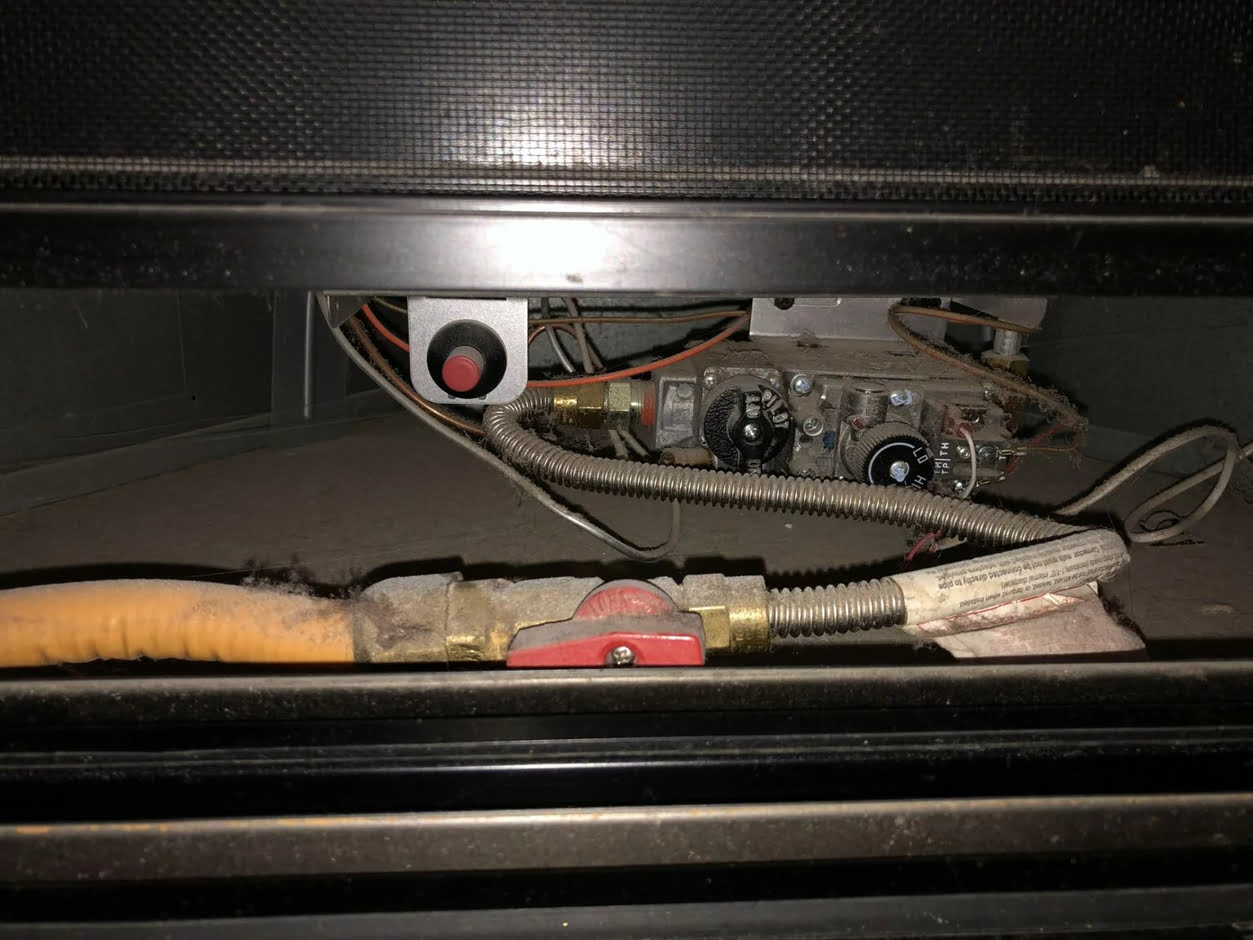
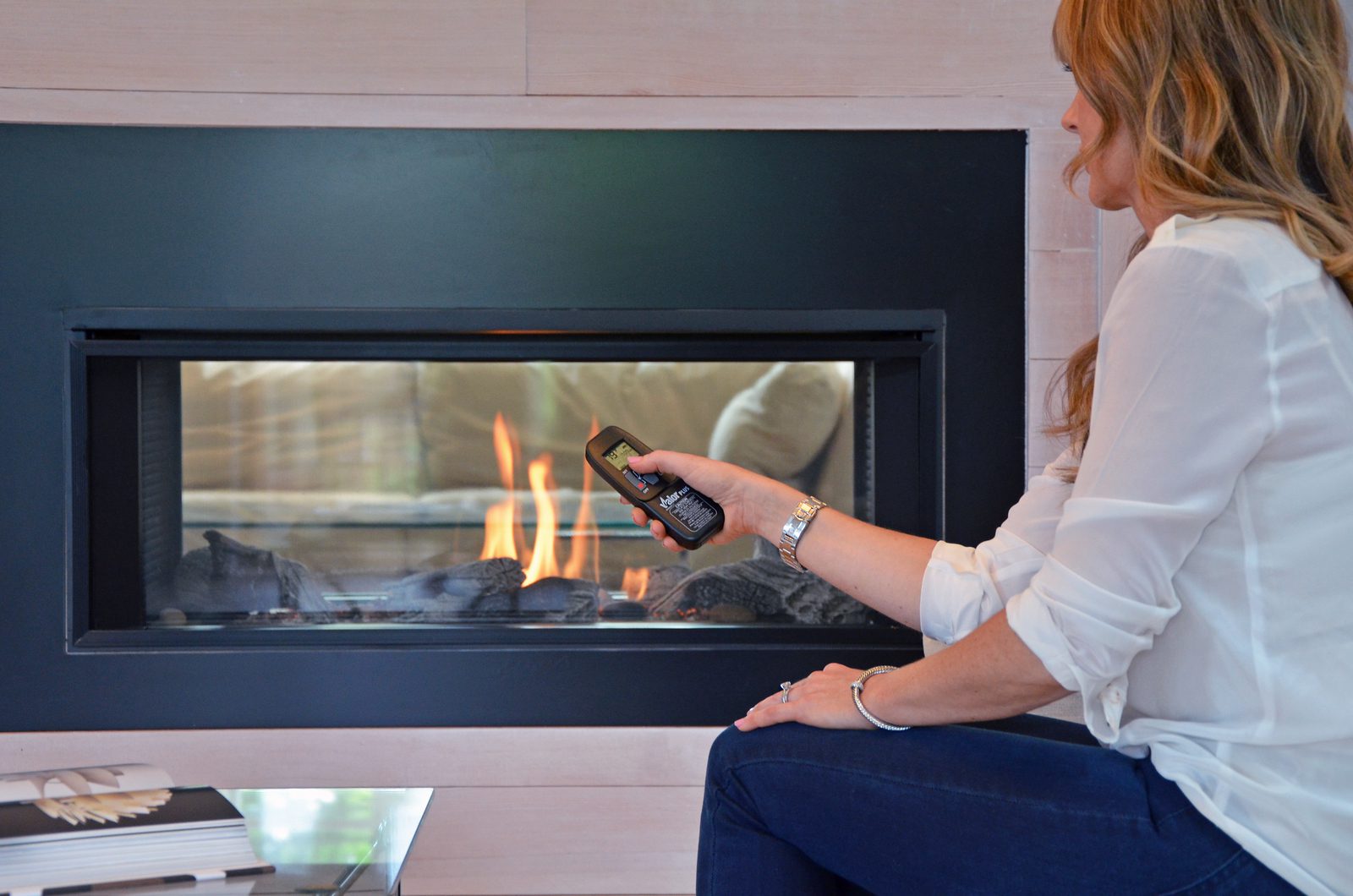
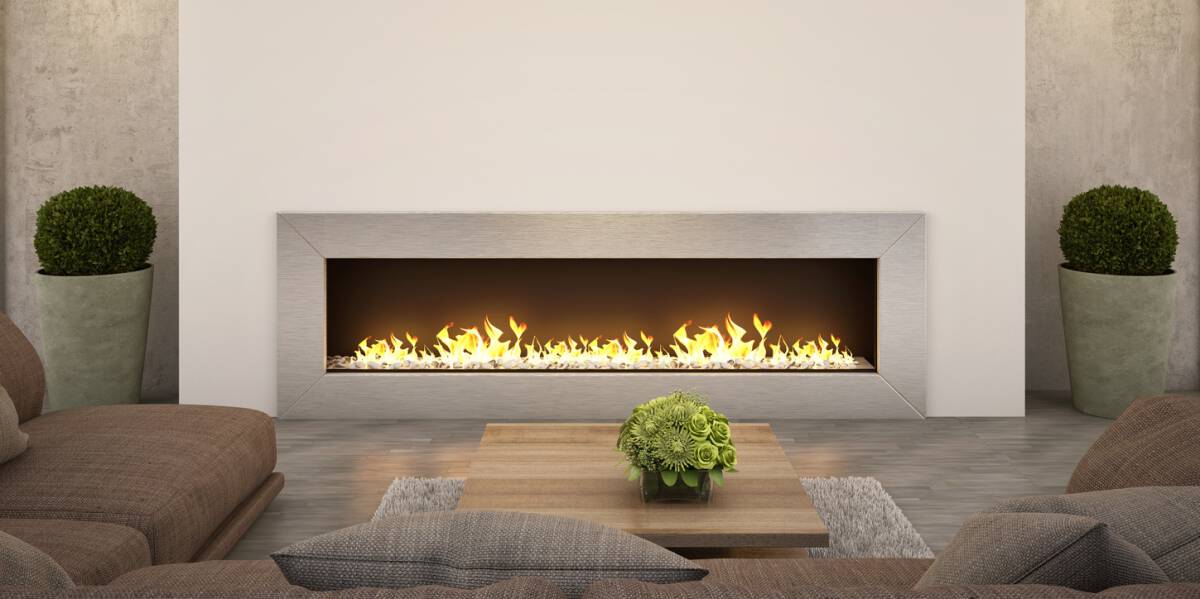
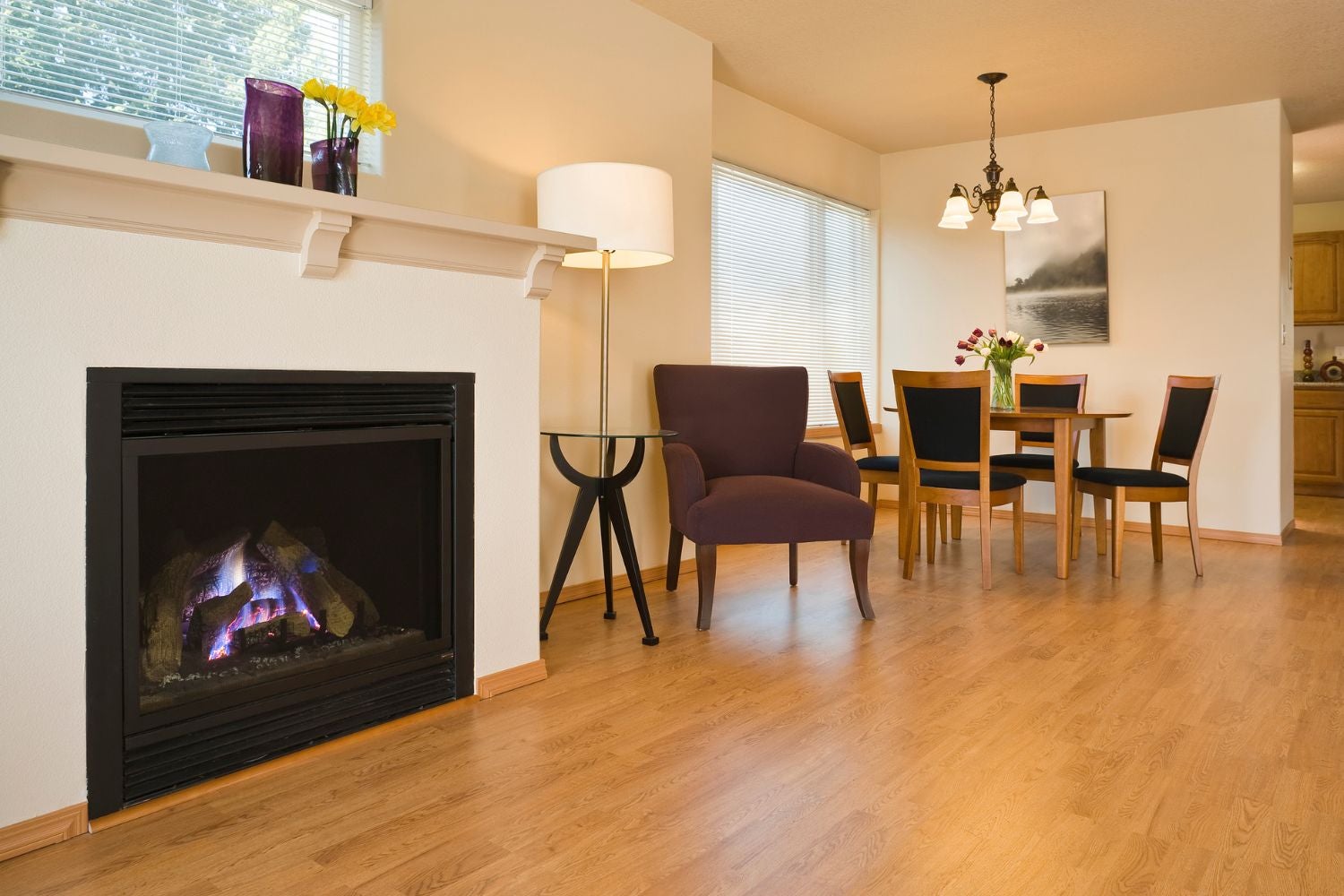
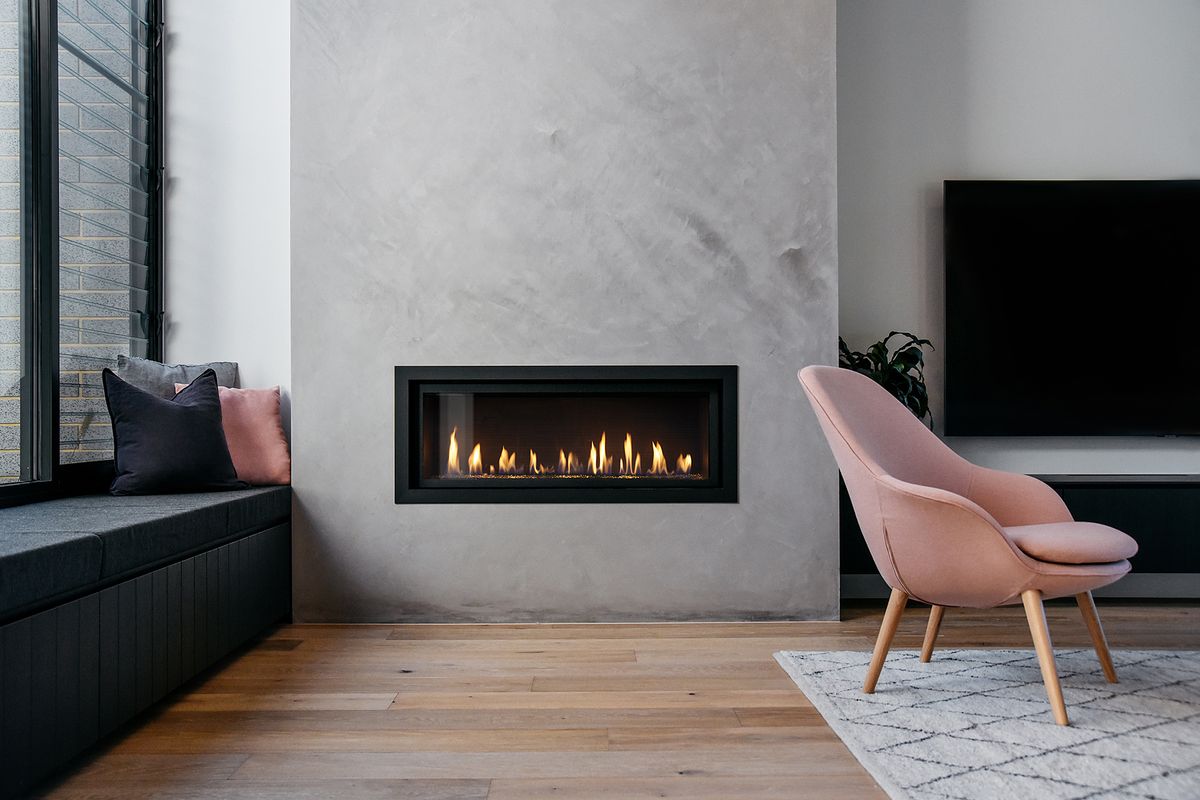
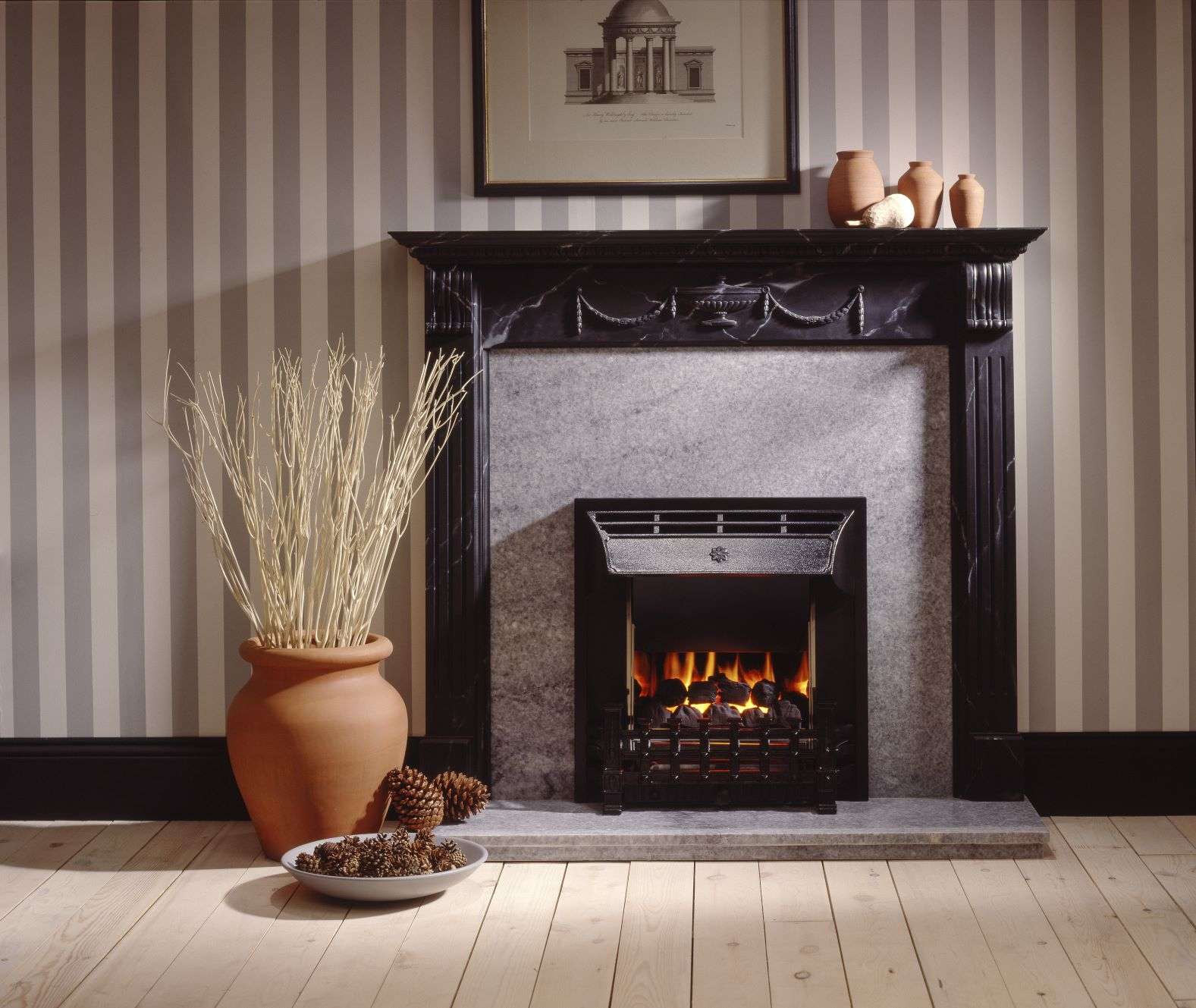
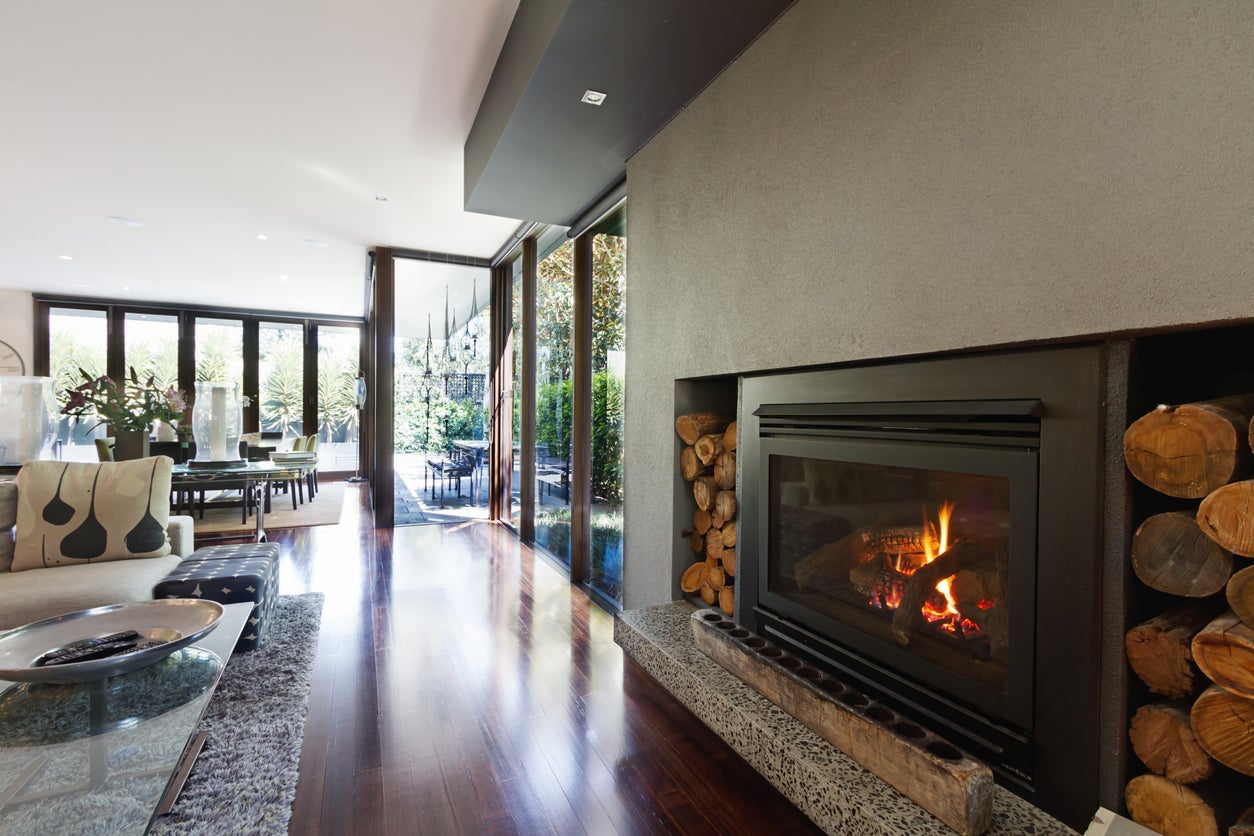
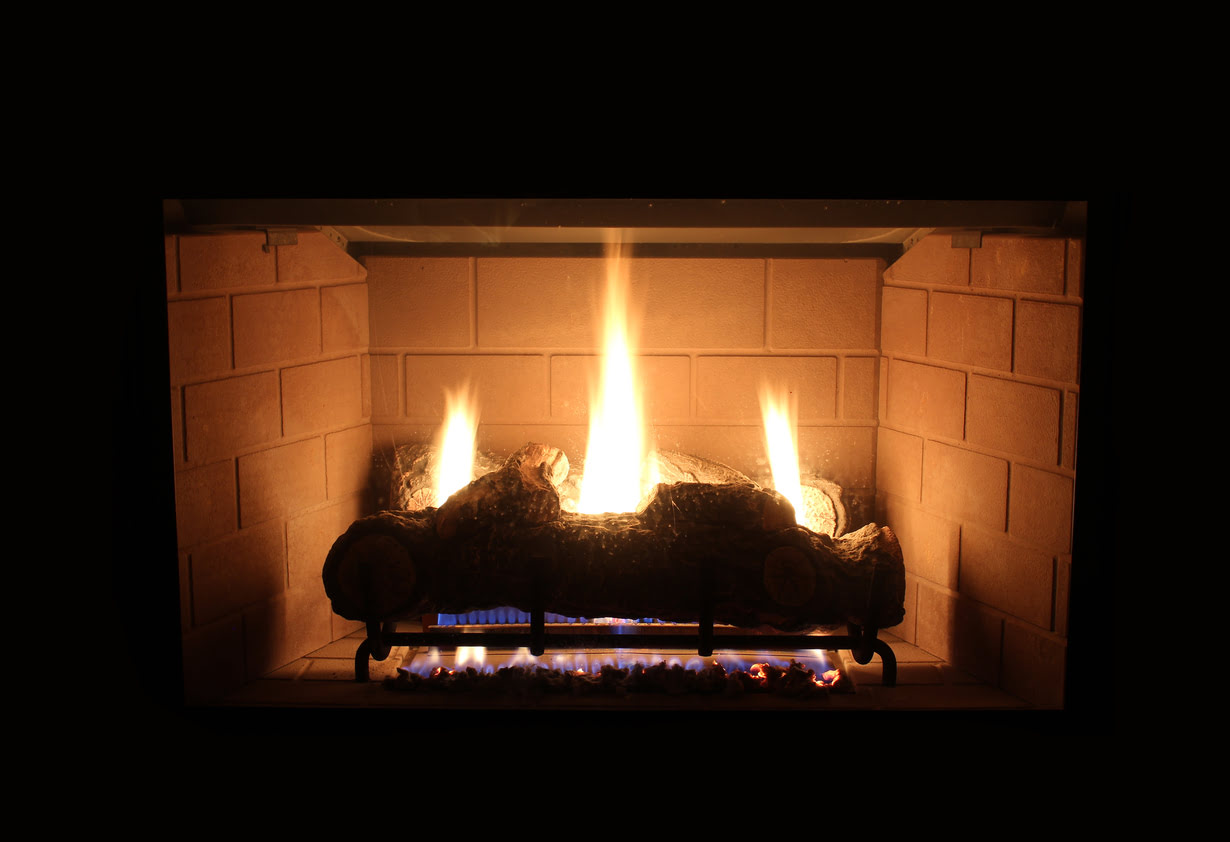
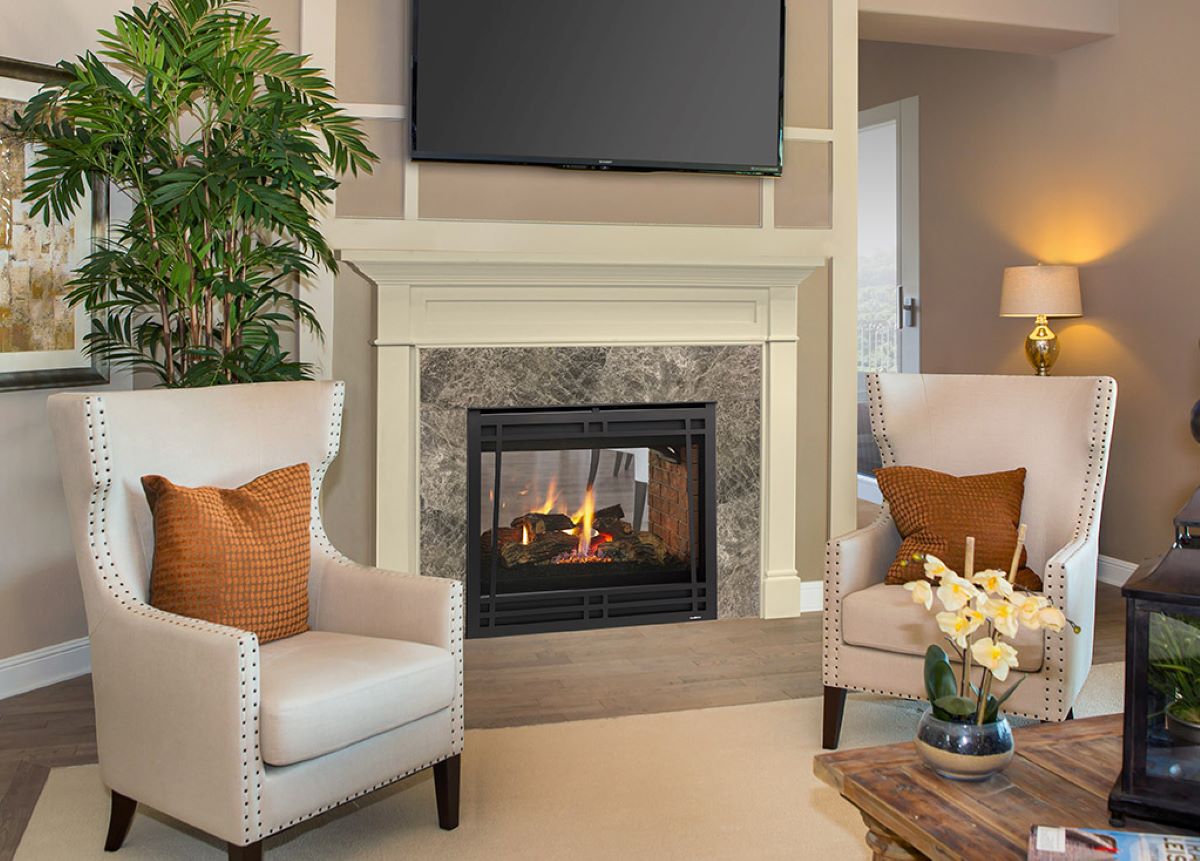
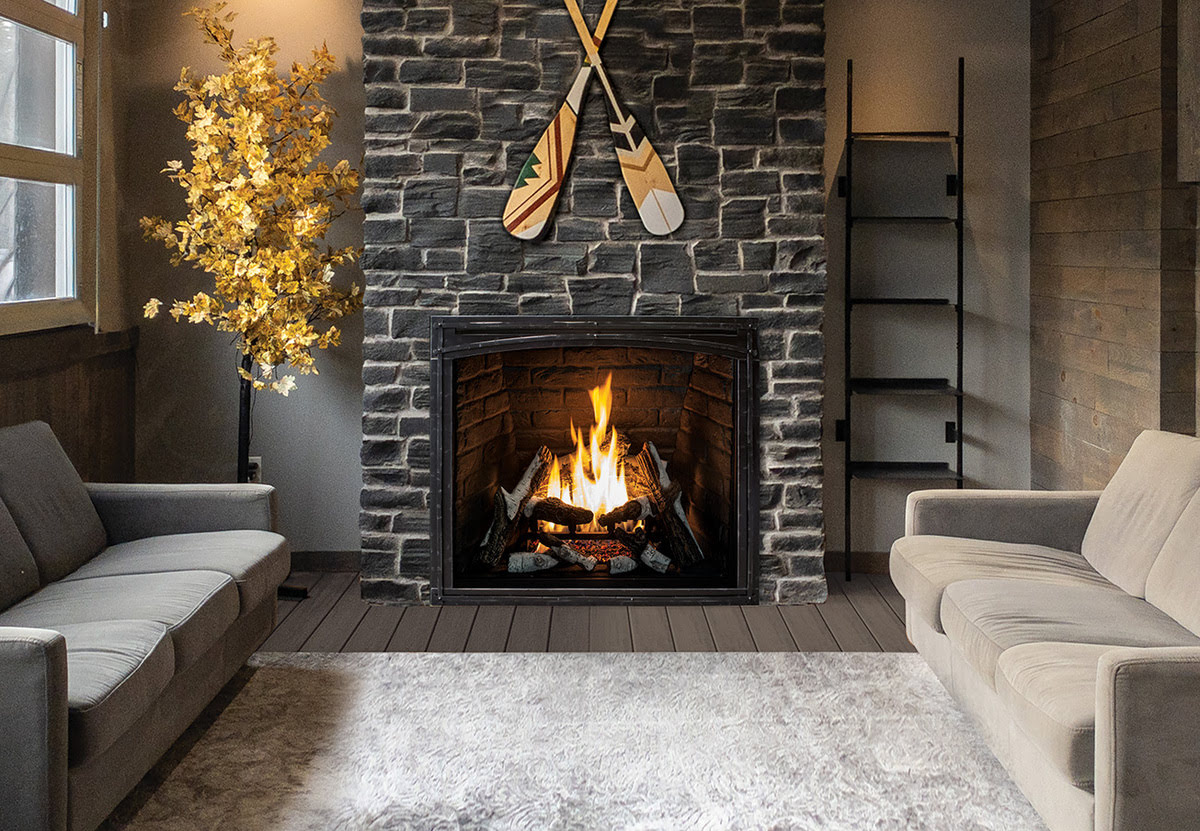
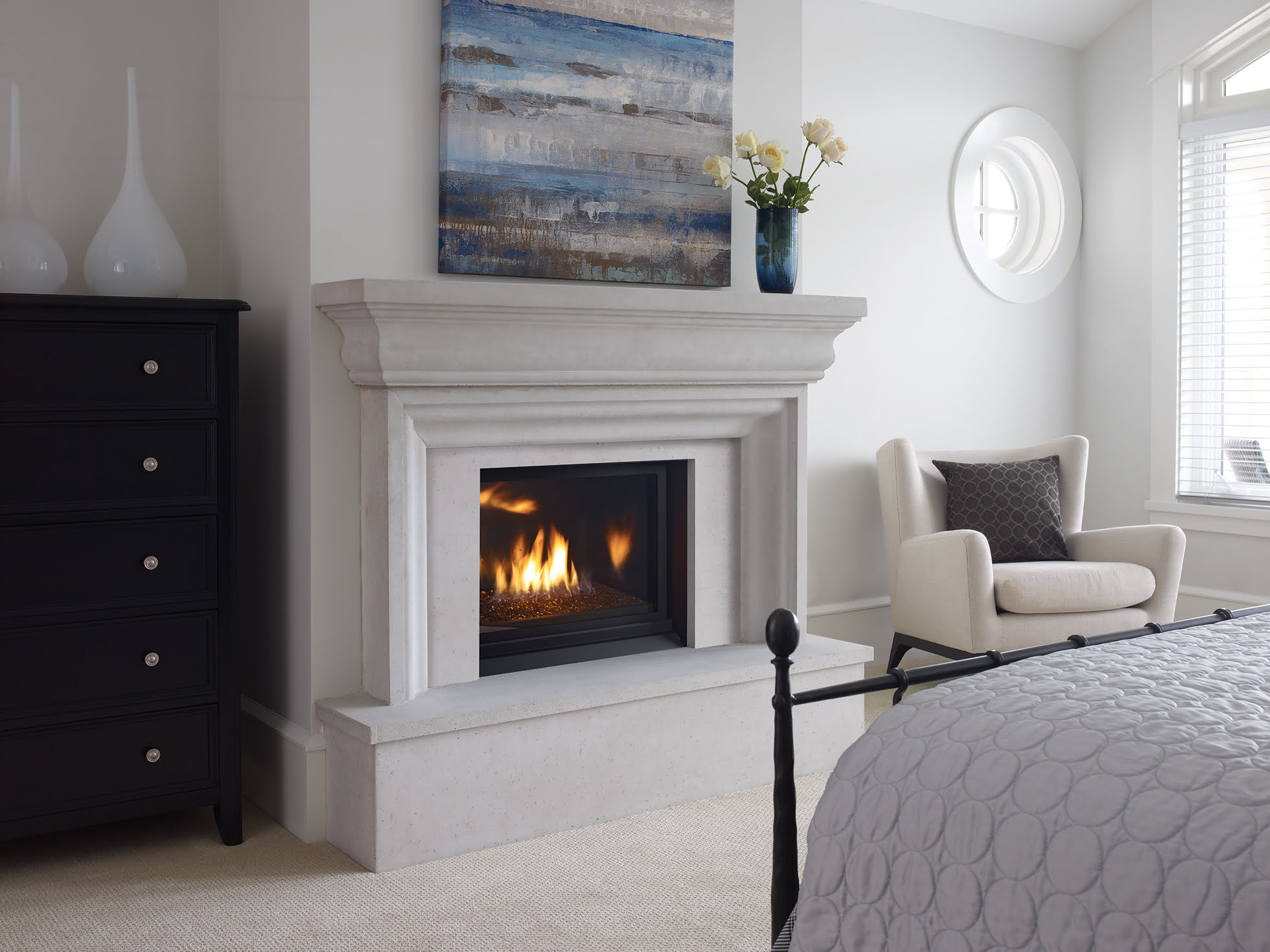
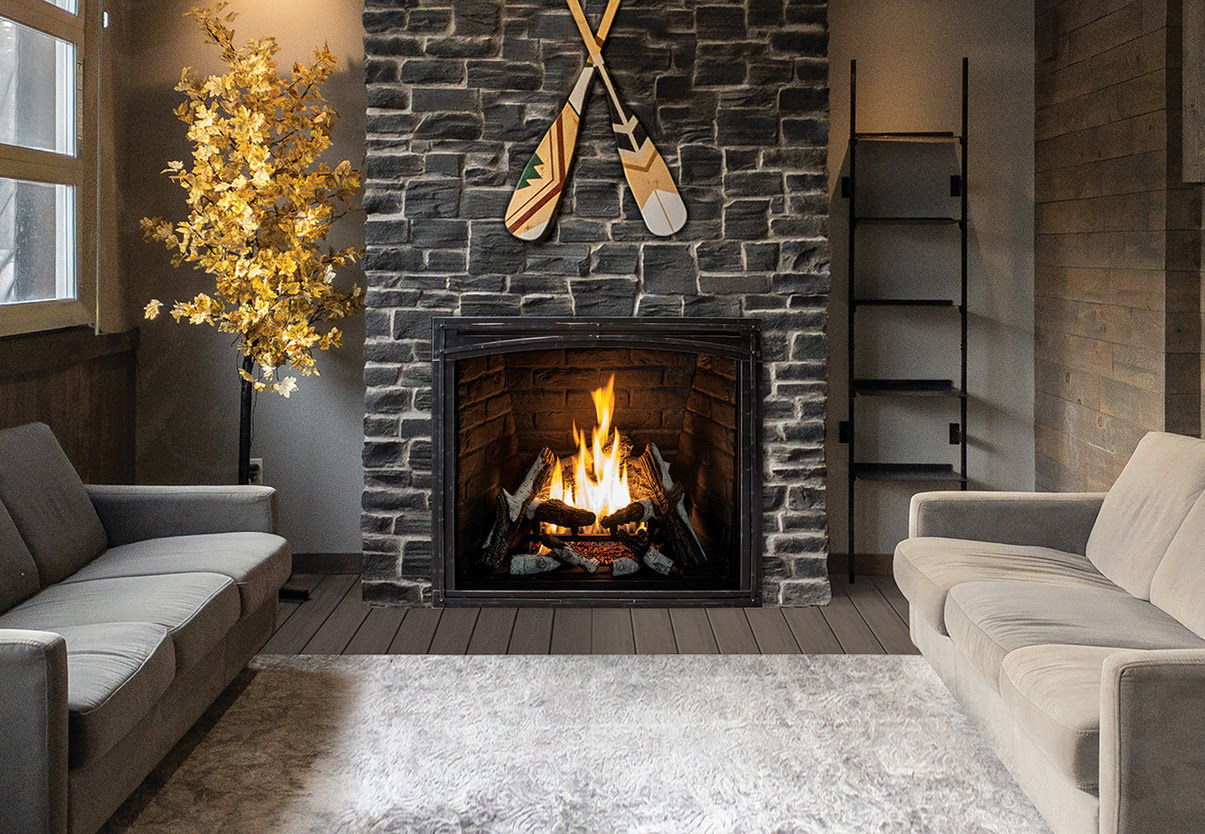


0 thoughts on “How To Light Superior Gas Fireplace”